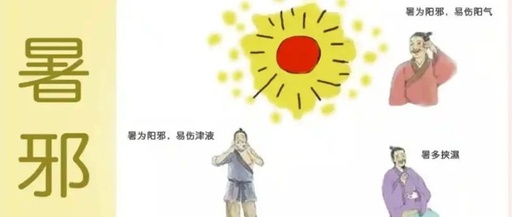In Traditional Chinese Medicine (TCM), Shu Xie (暑邪, Summer Heat) is one of the six external pathogenic factors, characterized by its unique properties and pathogenic features.
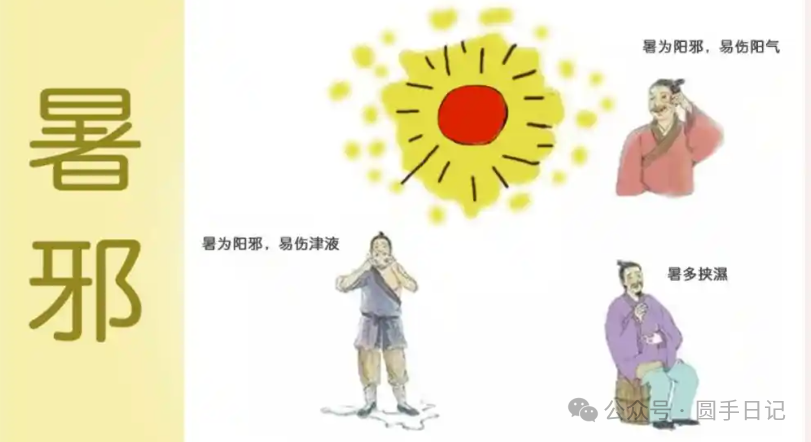
Summer Heat is the predominant qi of summer, transformed from fire and heat, with a distinct seasonality, occurring exclusively in summer. Summer Heat is purely an external pathogen, with no concept of internal summer heat.
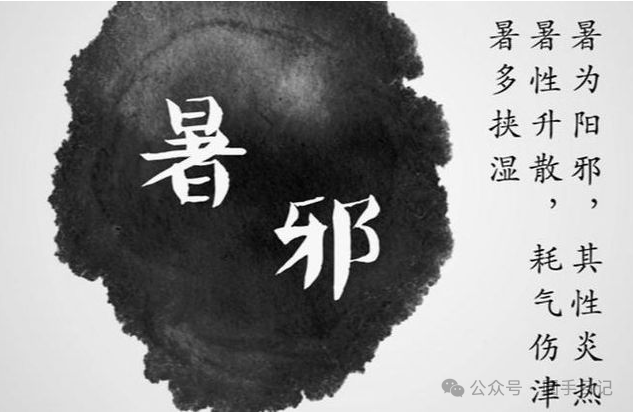
Summer Heat is characterized by its inflammatory nature, often manifesting a series of Yang-heat symptoms, such as high fever, irritability, flushed face, and a rapid pulse.
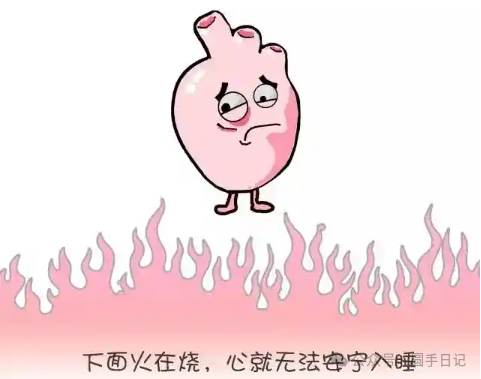
When the heat disturbs the heart spirit, symptoms such as irritability, confusion, and delirium may occur;
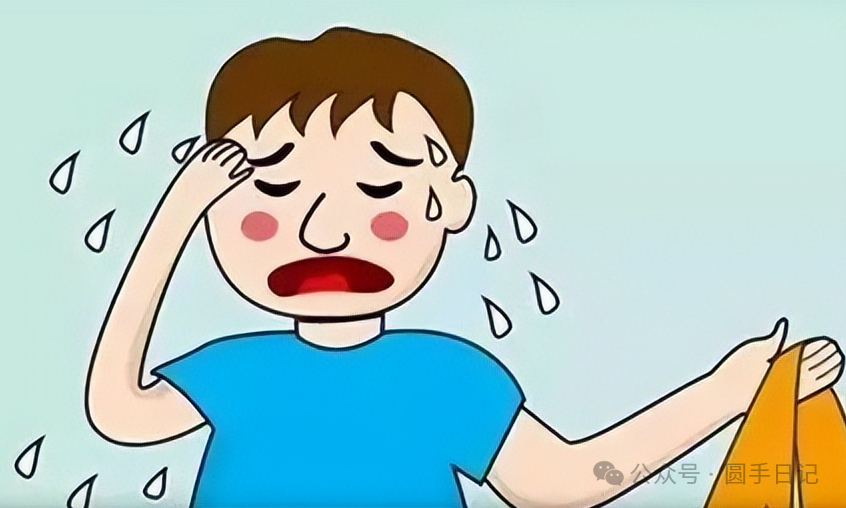
Excessive heat forces fluids to leak out, leading to profuse sweating, which can damage body fluids, resulting in symptoms such as thirst and reduced urination.
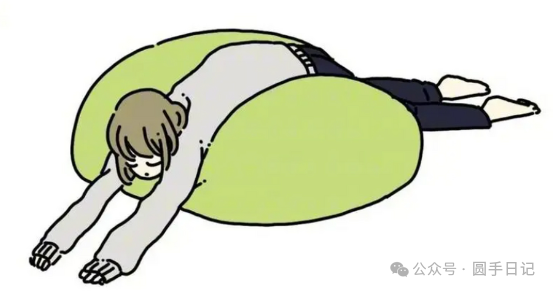
As qi follows the fluid loss, it can lead to qi deficiency, presenting as shortness of breath, fatigue, and reluctance to speak.
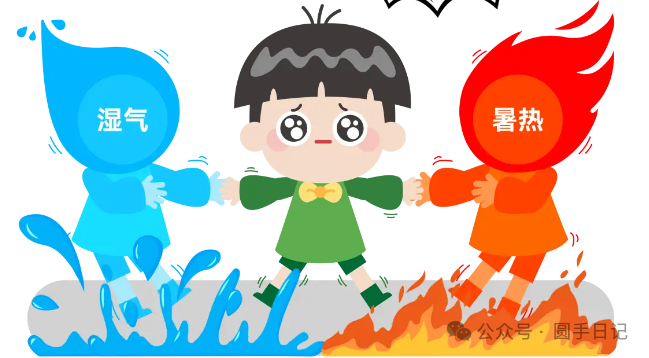
Summer often brings humidity; during hot summer days with abundant rainfall, Summer Heat frequently combines with Dampness to invade the body.
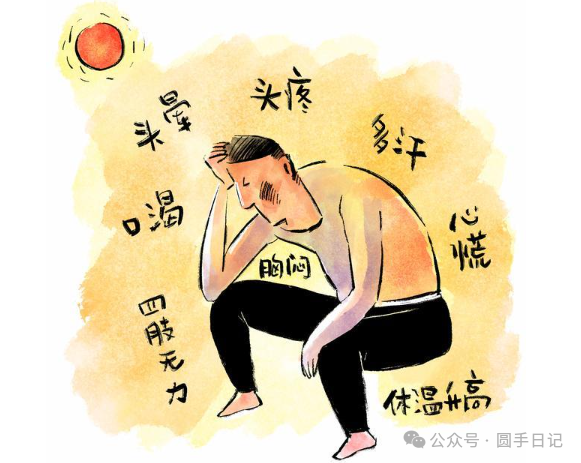
The combination of Summer Heat and Dampness can cause not only fever and thirst but also symptoms of damp obstruction, such as fatigue in the limbs, chest tightness, nausea, and loose stools.
Understanding the characteristics of Summer Heat is crucial for health maintenance and disease prevention during the summer.
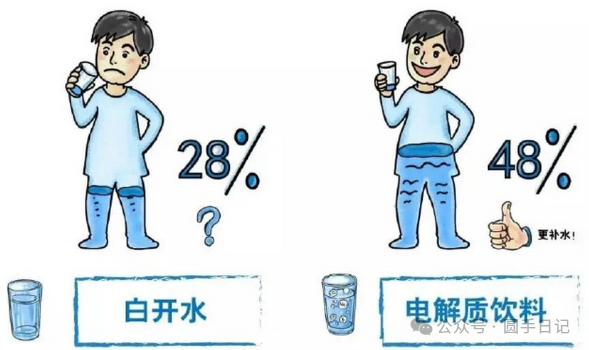
During the scorching summer, individuals should avoid prolonged exposure to high temperatures and promptly replenish fluids and electrolytes to prevent illness caused by Summer Heat.
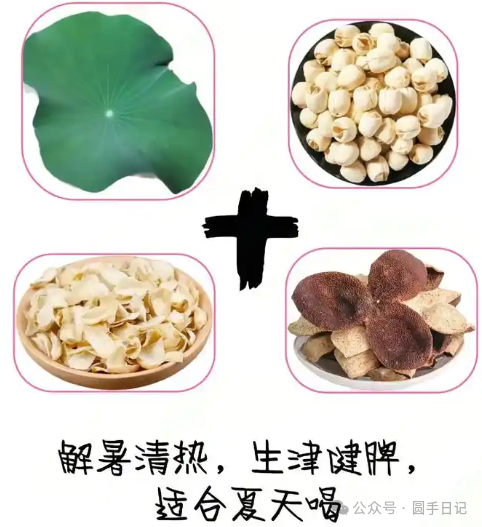
Additionally, dietary choices should include foods that clear heat and relieve summer heat, as well as strengthen the spleen and transform dampness, such as Lu Dou (绿豆, Mung Bean), He Ye (荷叶, Lotus Leaf), and Yi Yi Ren (薏仁, Coix Seed).
TCM’s understanding of Summer Heat provides a theoretical foundation and practical guidance for addressing common summer diseases.


